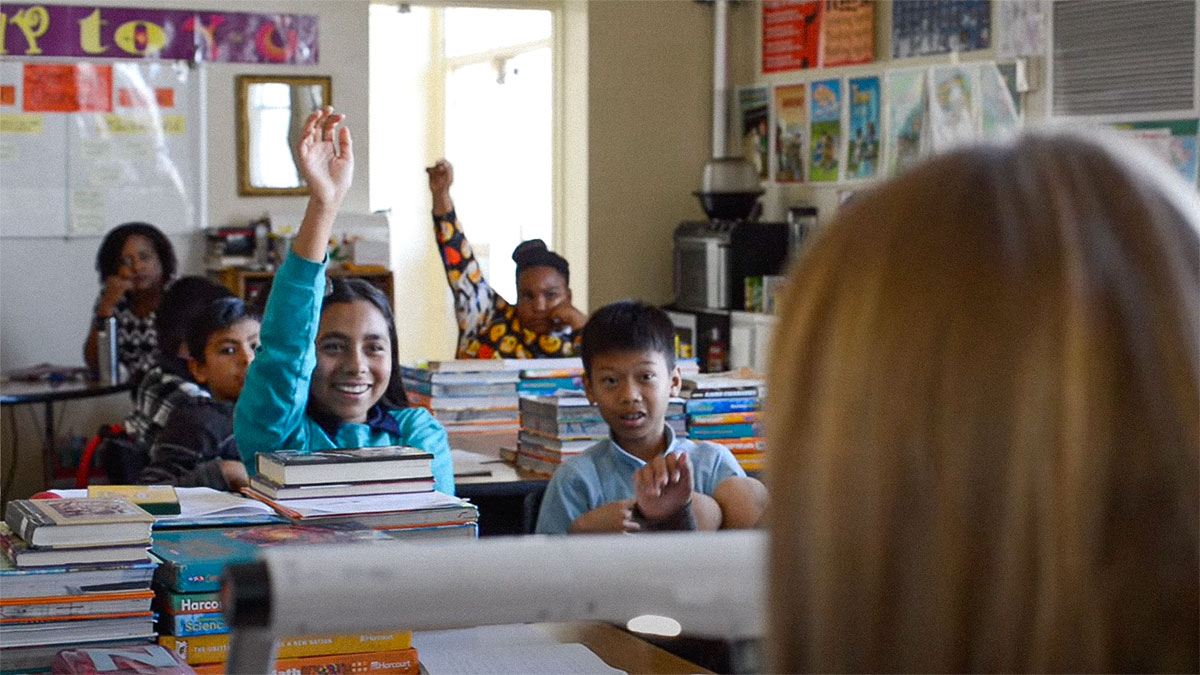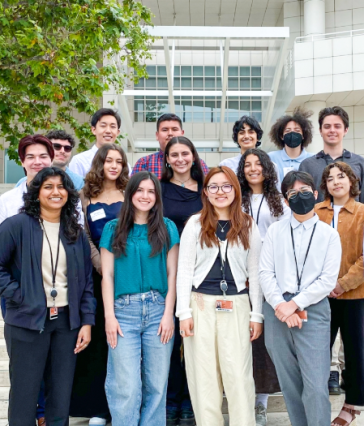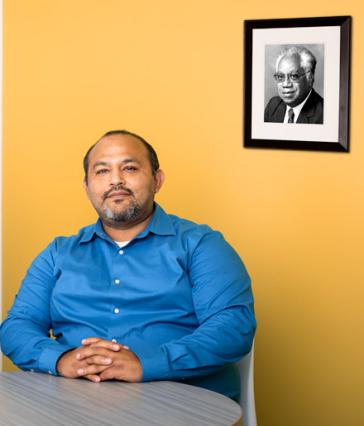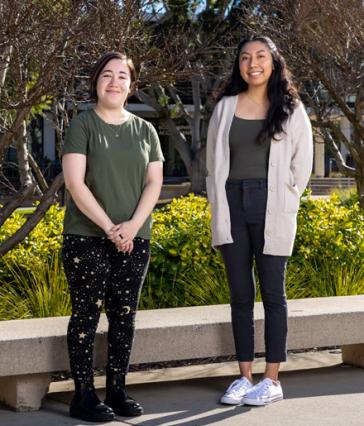Increasing front-of-class representation
It was a conversation that sparked change. Teacher candidates in the Teachers for Urban Schools Initiative were discussing how their actions impact students of color, which inspired one candidate to research equitable assessment and change the way he graded.
“This was a young future teacher going into schools. This is what this initiative does,” said Jolan Smith, assistant professor and faculty coordinator for the initiative. “It provides the space to come together and talk about issues of equity and how we can impact students in urban schools.”
The Teachers for Urban Schools Initiative is a partnership between the College of Education and Long Beach Unified School District (LBUSD) to recruit, prepare and place more teachers of color in LBUSD classrooms. It was launched in 2019 to address the shortage of teachers of color, particularly Black teachers, who teach in PK-12 schools.
While 77% of California’s PK-12 students are children and youth of color, only 34% of the state’s teachers are teachers of color (Ed Trust West, 2019).
The initiative provides financial, emotional and professional support to teacher candidates through a scholarships, mentoring, job tracking through LBUSD and a professional network. Most recently, John Apostle and Helen Apostle Foundation committed $100,000 to Teachers for Urban Schools to try to attract even younger students of color to the teaching profession: middle and high schoolers.
For LBUSD, 88% of K-12 students are non-white, and only 51% of teachers are of color (LBUSD, 2022-23).
CSULB and LBUSD are launching Future Black Educators clubs with after-school programming at the Math Collaborative at both Jordan High School and a sixth-through-eighth grade campus, Jefferson Leadership Academy.
Not only do the candidates benefit from the initiative, but their students will experience the role model effect – having role models that look like them, with success that feels attainable.
“It’s not just the classroom or the school, but the larger community,” Smith said. “With the initiative, the candidates are at the nucleus of the circle, impacting the LBUSD students they work with and inspiring them to attend college and greater heights, with long- lasting positive effects on the Long Beach community.”
With additional funding, Smith hopes the initiative will be able to support teacher candidates with a full stipend as they go through their credential programs.
“By removing the financial burden, they could really double down in their service efforts to give back to the students and community,” she said.
Creating a more equitable future is also the focus of the CSU Center to Close the Opportunity Gap. In May 2020, The Beach was selected to host the center, which is honing in on eliminating equity gaps in all levels of education, from kindergarten to college, by sharing resources, tools and evidence-based best practices with schools to support systematic change.
The key is recognizing there are opportunity and achievement gaps by race, ethnicity, income, English learner (EL), foster youth, youth experiencing homelessness and disability status. Equity in education can be achieved when resources and support are directed to historically underrepresented groups.
“We have the ability to influence the next generation of teachers so they’re already implementing these best practices when they go teach in our schools,” said Dr. Cara Richards-Tutor, professor of Special Education and Center co-director. “These kids are the future, and these teachers are the future of our state.”
Three other CSU campuses serve as partners in order to get the best understanding of California’s diverse communities and make an impact across the state, said Dr. Corinne Martinez, chair of the Department of Liberal Studies and the center’s co-director. Additional funding would allow the center to expand the scope of their work, as well as partner with additional CSU campuses, other K-12 systems and entities such as the California Department of Education.
Affecting change is two-fold, Martinez stressed.
“It’s beyond just the schools’ walls, it’s really about impacting communities,” she said.


















